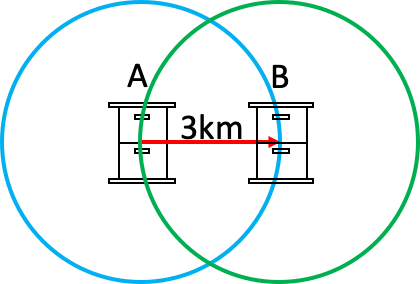A experienced beekeeper (20 years of keeping bees) attending training in honey bee biosecurity described to the class how after inspecting some hives and discovering signs of brood disease, 30 hives, the entire apiary on this site had been thrown on the burn pile.

Hives with American foulbrood being destroyed. Agriculture Victoria.
As the class discussed various pests and diseases of honeybees this beekeeper elaborated on the story about his very recent experience with American Foulbrood (AFB), including the destruction of the bees and hives. The conservatively estimated replacement cost was at least $5000 not including any ongoing production losses.
After describing the symptoms present it became clear to the class that in fact, what this beekeeper had misdiagnosed was European Foulbrood and not AFB. The hives had a disease that could have been treated and were unnecessarily destroyed. This was a heartbreaking and economic loss that might have been avoided.
Thankfully, this beekeeper was undertaking education to meet the obligations that now exist under the Biosecurity Code of Practice for commercial beekeepers to complete biosecurity education. Now educated, they will likely avoid this happening in the future.
No matter how many hives you have, you may find yourself in this situation. This is where training comes in. Knowing how to properly identify pests and diseases in your hives and knowing what actions you need to take can help you avoid trouble for yourself and others.
Training also provides beekeepers with a clear understanding of how their beekeeping impacts on all other beekeepers.
Imagine one hive in the centre of a circle that has a 3km radius, this is an area of 28 km². This hive has AFB and becomes weak.

Every other hive within this circle has an opportunity to rob this hive and take the disease back home with them. The 3 km comes from the assumed average flight distance of bees.

If colony A has American foulbrood every colony within 3km is a risk because workers may rob the colony and take the disease back home. If colony B gets the disease this increases the area in which colonies are at risk.
Every newly infected hive now becomes the centre of a new circle. If there are other hives within flying distance, you now have a disease that has spread well beyond the original 3 km radius. Each spreading event increases the area of coverage.
It is possible that one case of unmanaged AFB can cause a large outbreak that spreads far beyond its original location, reaching more than 100km² after only four transmissions.
Training and education
Training and education can provide beekeepers with an understanding of their obligations under “The Code” including:
- reporting requirements
- the skills and knowledge to identify pests and diseases
- understanding of how to treat and/or manage these pests and diseases.
Biosecurity training is about best practice management, so no matter how many hives you have, one or too many to count, undertaking training will help you and the beekeeping industry you are a part of to remain happy, healthy and productive.
Tocal College has a new online course Manage pests and disease within a honey bee colony that meets the biosecurity training obligations for beekeepers under the Australian Honey Bee Industry Code of Practice.
You can also get free training from Plant Health Australia.
More information:
For more courses available for the beekeeper from beginner to advanced visit Tocal College.
Acknowledgements
- This article was peer-reviewed by Mark Page and Nadine Chapman.

